How close did Melbourne come to Prohibition?
MELBOURNE'S burgeoning night-life was almost history when referendums held across the state almost saw us follow the US into prohibition.
VIC News
Don't miss out on the headlines from VIC News. Followed categories will be added to My News.
MELBOURNE'S burgeoning night-life was almost over before it started when referendums were held to ban booze across the state almost 90 years ago.
Following prohibition in United States, where the sale, production and importation of alcohol was banned from 1920 to 1933, two attempts were made to do the same in Victoria.
The 1930 and 1938 local bids were led by religious leaders and the temperance movement in the state.
REMEMBER WHEN PUBS CLOSED AT 6PM
ARE WE REALLY JUST A BUNCH OF BOOZERS?
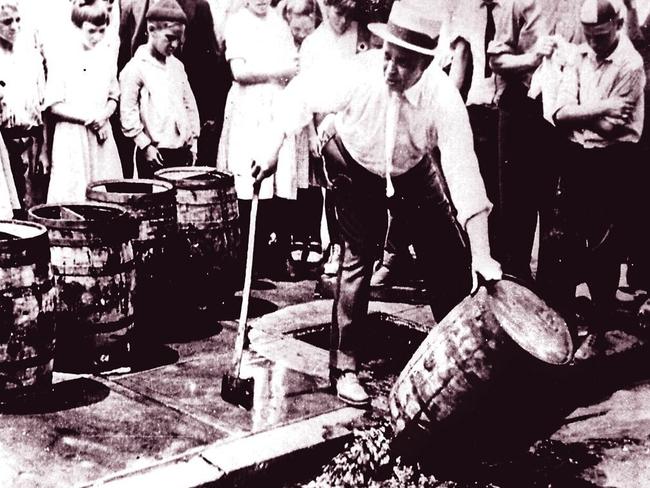

The passing of the Volstead Act in the United States helped to spur on the movement with many wanting to replicate the law in Australia.
The US move saw bootlegging become a major industry and criminal gangs controlled the alcohol black market, but ultimately it was the economic impact rather than the lawlessness it created that saw prohibition repealed there during the Great Depression. They needed something to tax.
Almost one million Victorians voted at the first referendum in 1930, with a majority of 552,339 people against bringing in alcohol bans.
However it was close, with more than 418,000 people wanting the state to go dry.
Considered a “national evil” religious leaders and institutions spread the message about the dangers of grog in pamphlets and in their sermons for years before the referendums.
“The fight against this indefensible traffic in alcohol, this relic of a dark age, this heartless tyrant, this waster of our human and material resources, our Empires chief traitor in the hour of war, bitterness and agony, cannot cease,” Reverend Thomas Davies wrote.
Alcohol produces “loafers, vagrants, thieves, murderers, disease, want and misery,” the reverend wrote in his pamphlet calling for a ban.
But some of the most influential voices who wanted to see an end to alcohol in the state were women who were part of temperance organisations.
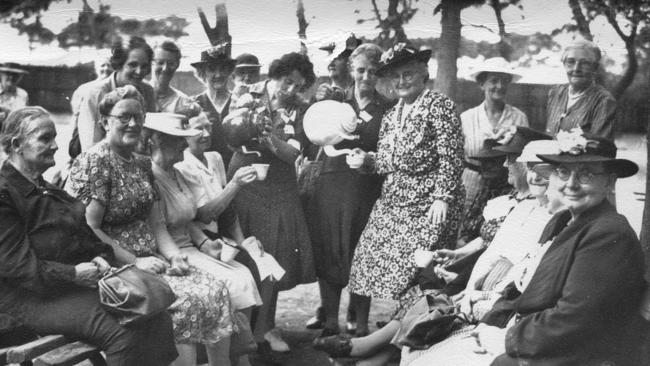
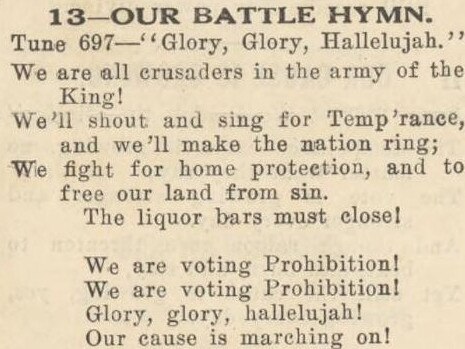
There were dozens of organisations across Australia but the most well known included the Woman’s Christian Temperance Union, Band of Hope and the Presbyterian Church of Victoria Temperance Committee.
Almost a quarter of the adult female population in Victoria in 1885 (about 45,000 women) signed a petition asking the state government to introduce alcohol bans.
The women wanted to protect their sex from the “ill usage” which accompanies drinking, according to the petition.
But while anti-alcohol campaigners decried the problems caused by the “tyrant Alcohol” there were also who took a more moderate view.
Toorak man Arthur Stretton questioned why people would want to interfere with the existing laws calling Yes voters “entirely ignorant” or “oblivious”.
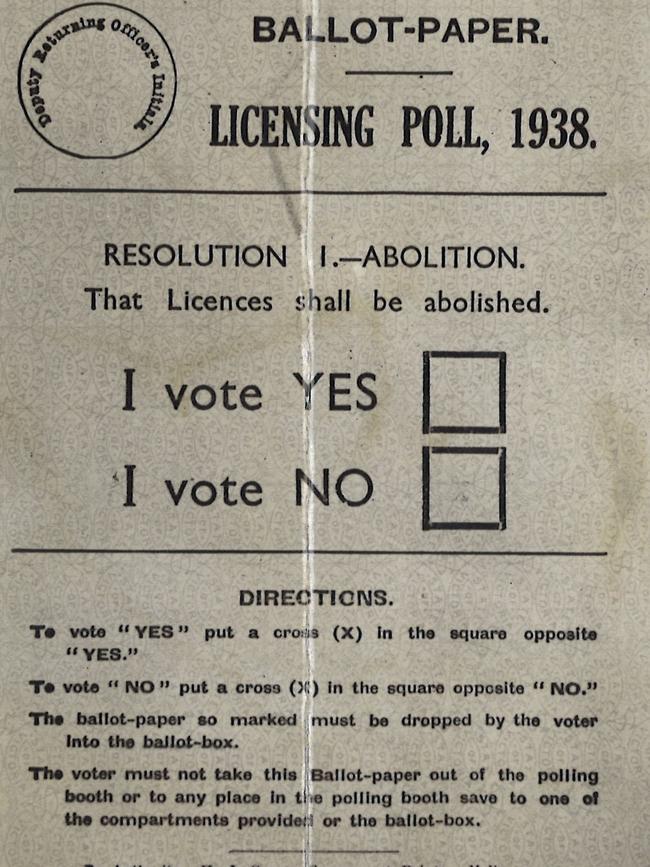
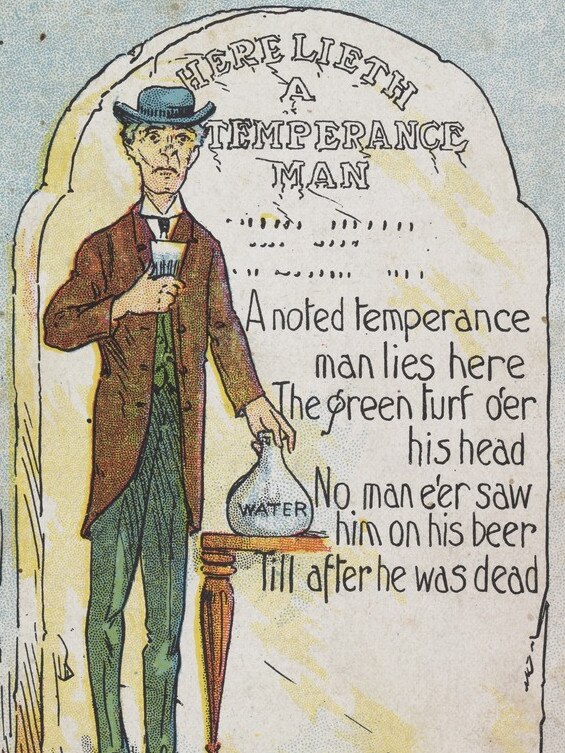
“By all means be stern with the young folk and their cocktails and with criminals who try to lighten their sentence with the excuse of ‘a few drinks,’” Mr Stretton wrote to The Age in 1938.
“Yes voters must be entirely ignorant of, or oblivious, to the appalling increase in lawlessness and crime which went hand-in-hand with attempted enforcement in America and its effects are still evident,” he wrote just days before the second referendum.
Electors in the last ever vote to bring in prohibition were asked “that licences shall be abolished”
The ballot appeared to support the anti-liquor side with a “golden opportunity” to win, an unnamed correspondent wrote in the Sydney Morning Herald.
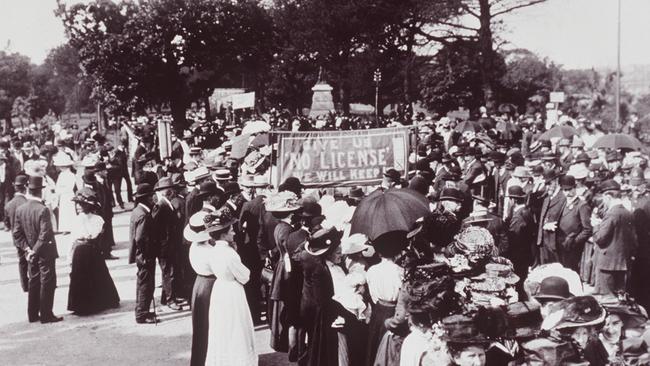
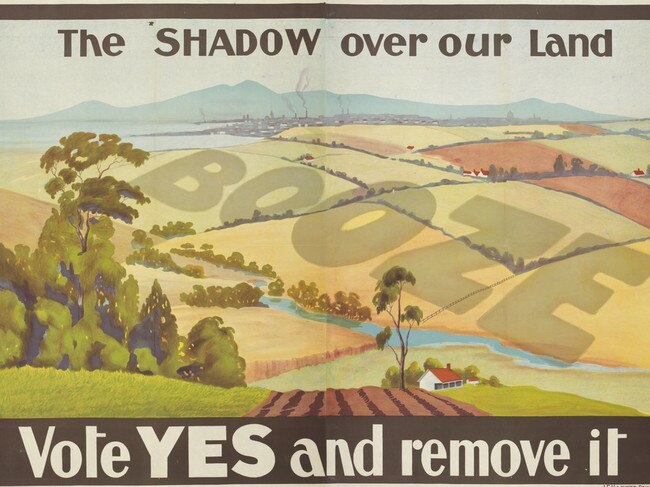
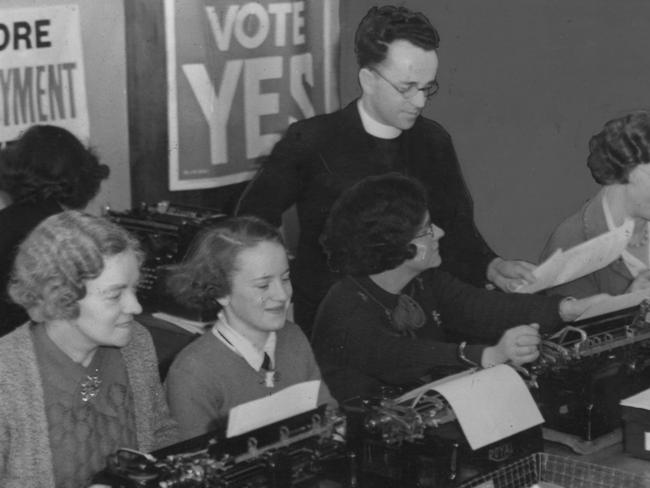
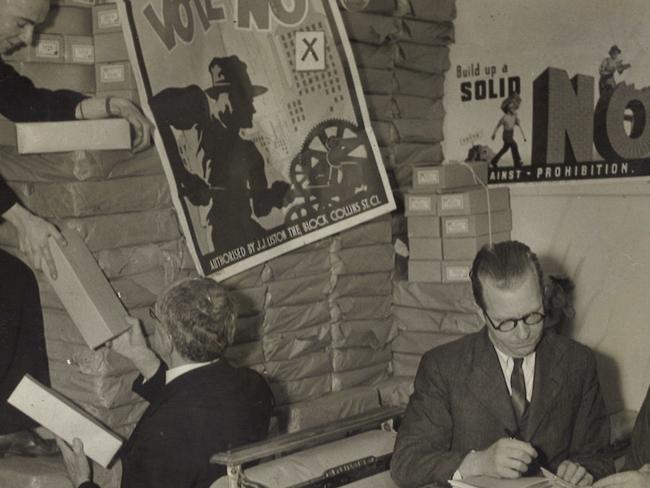
“The fact that there is no halfway choice between the continuance of the present order and prohibition leaves temperate reformers in a quandary and must contribute substantially to the vote for the other side,” they said.
And the reporter was proved right after a two-to-one majority rejected plans to bring in permanent booze bans.
Unlike the previous referendum, only 34 per cent of electors voted in favour of prohibition.
But while prohibition may have failed the state’s pubs and hotels still closed at six o’clock and was one of the last in the country when it ditched the law 1965.


